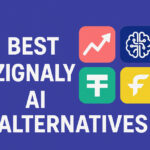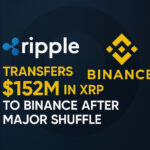In this article, I will describe new trends in blockchain technology, focusing on major advancements impacting the digital world.
Blockchain is rapidly evolving with advancements such as the Ethereum 2.0 upgrade, innovated NFTs and DeFi, cross-chain interoperability, and more.
These developments are improving the rate of adoption and security while also providing new applications in finance, supply chains, and other industries.
Key Points & Latest Updates In Blockchain Technology List
| Latest Update | Key Point |
|---|---|
| Ethereum 2.0 Merge | Transition to Proof of Stake for better energy efficiency. |
| Layer 2 Scaling Solutions | Adoption of rollups and sidechains to increase transaction speed and reduce fees. |
| NFT Evolution | New standards enabling dynamic and interactive NFTs. |
| Cross-Chain Interoperability | Improved protocols for seamless asset transfers across blockchains. |
| Central Bank Digital Currencies (CBDCs) Pilot | Many countries testing digital versions of national currencies on blockchain. |
| Blockchain in Supply Chain | Enhanced transparency and traceability with smart contracts. |
| Decentralized Finance (DeFi) Upgrades | New protocols improving security and liquidity in DeFi platforms. |
| Web3 Integration | Growing adoption of blockchain in decentralized apps and social platforms. |
| Privacy Enhancements | Introduction of zero-knowledge proofs and confidential transactions. |
| Energy-Efficient Consensus Models | Development of new consensus algorithms beyond Proof of Stake, like Proof of History and Proof of Space. |
10 Latest Updates In Blockchain Technology
1.Ethereum 2.0 Merge
Ethereum 2.0 is an important update from the previous Ethereum blockchain and now uses a Proof of Stake (PoS) system instead of a Proof of Work (PoW) system. This merge reduces the energy consumption of Ethereum significantly by more than 99% which is much better for the environment.
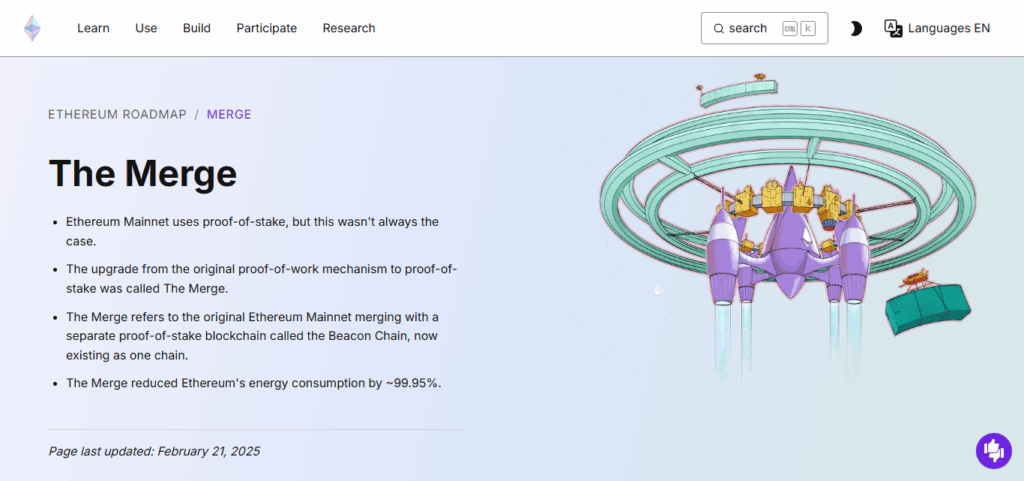
In addition to being more energy efficient, Ethereum 2.0 seeks to improve scalability and security, which translates to more efficient transaction processing and reduced fees. The merge combines the Ethereum mainnet and the Beacon Chain PoS system into Ethereum’s mainnet to form a sustainable, robust network.
Ethereum 2.0 Merge Features
- Proof of Stake (PoS): Exchanging mining for energy-sustaining token staking.
- Energy Efficiency: Lowers Ethereum’s energy usage by more than 99%.
- Scalability: Higher transaction speeds and volume of transactions.
- Security: Strengthens protection of the network from malicious attacks.
- Beacon Chain: Coordinates and secures the PoS system with the Ethereum mainnet.
2.Layer 2 Scaling Solutions
Layer 2 solutions have become essential to address congestion and fee bottlenecks confronting various blockchain networks. They work on top of the blockchain (Layer 1) by executing transactions off-chain or in bulk, thus alleviating congestion and increasing throughput.
Rollups, state channels, and sidechains allow faster transaction processing and smaller fees while preserving the security of the underlying blockchain. For instance, in Optimistic and ZK rollups, multiple transactions are aggregated into a single proof.
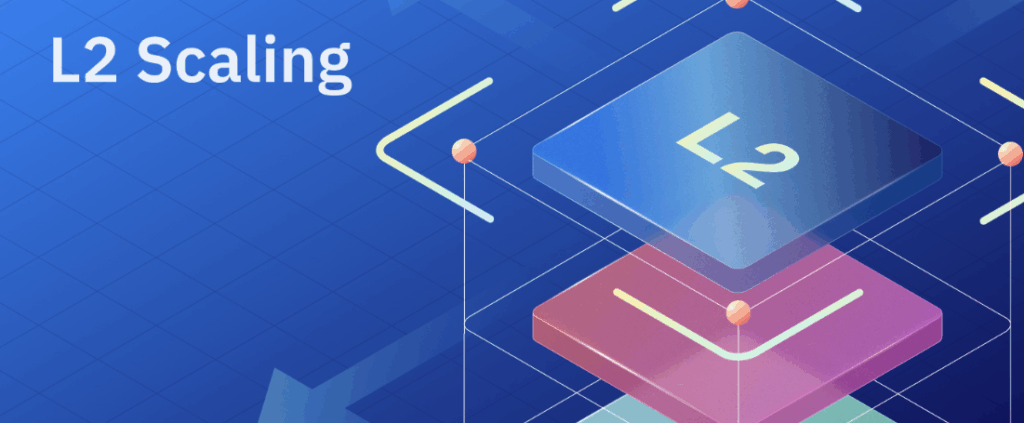
These technologies are overcoming scalability hurdles and enabling a more seamless interaction with DeFi, gaming, and NFT platforms and therefore, are propelling mainstream adoption.
Layer 2 Scaling Solutions Features
- Off-Chain Processing: Reduces congestion by moving transactions somewhere other than the main blockchain.
- Rollups: Reduce fees and latency by bundling numerous transactions into one.
- Sidechains: Additional capacity blockchains that are linked to the mainnet.
- State Channels: Allow nearly instantaneous transactions between users.
- Lower Gas Fees: Transaction-related expenses are greatly reduced for users.
3.NFT Evolution
The evolution of Non-Fungible Tokens (NFTs) marks a significant transformation—from static and simple digital assets to complex, dynamic assets with tangible value and real-world use cases.
Innovations include programmable NFTs that can change characteristics based on certain external data and theorized NFTs that permit many owners.
These breakthroughs broaden the scope of gaming, virtual real estate, music, and rights management of intellectual property.
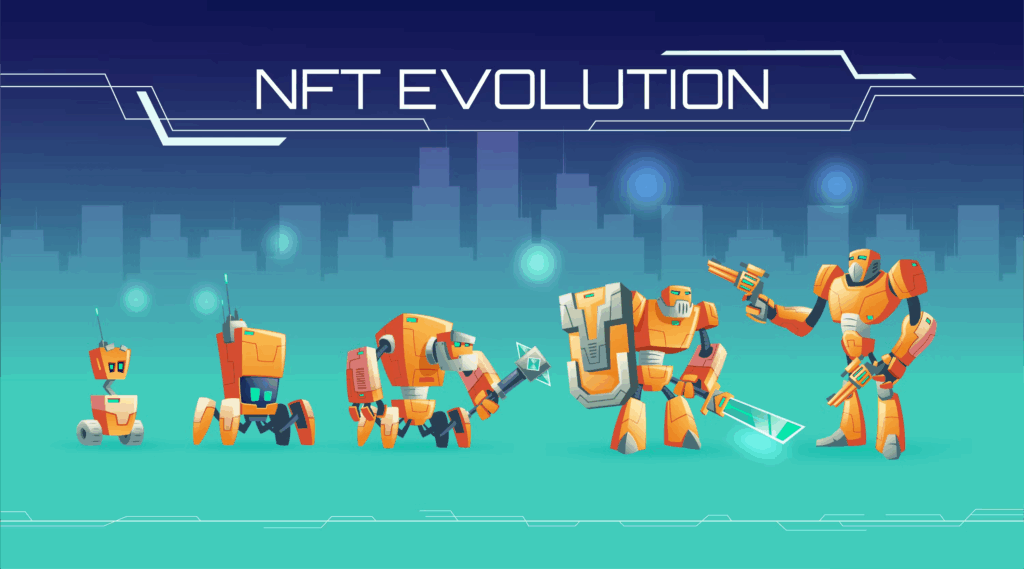
Moreover, the development of NFT standards is allowing greater customization with on-chain royalties, multiple marketplace admission, and cross-platform compatibility.
The versatility of NFTs is expanding beyond art, making these assets more useful across different industries, thereby shifting their utility in the digital economy.
NFT Evolutions Features
- Programmable NFTs: NFTs with ever-evolving and dynamic traits.
- Fractional Ownership: Grant permission to several individuals to own portions of NFT.
- Cross-Platform Use: Usable NFTs that can work on various marketplaces and ecosystems.
- On-Chain Royalties: Creator’s automated payments given during resale.
- Expanded Use Cases: Used in gaming, virtual real estate, IP, and beyond.
4.Cross-Chain Interoperability
Facilitating interaction of different blockchains helps dissolve the barriers of communication, interaction, and movement of resources that are fundamental in the blockchain ecosystem.
Bridges such as Wormhole as well as protocols like Polkadot and Cosmos allow for the movement of tokens and data without the need for a central authority of control.

The entire ecosystem of blockchain is decentralized in nature so this leads to smooth movement of resources for usage by dapps as well as DeFi protocols across different chains. Liquidity, inter-network cooperation, user adaptability, all increase with this increased interoperability.
This streamlined evolution facilitates the growth of a blockchain system that is user friendly and flexible for widespread acceptance for varying purposes.
Cross-Chain Interoperability Features
- Blockchain Bridges: Enable secure movement of assets between separate blockchains.
- Shared Security: Maintain trust and provenance across several network zones.
- Cross-Chain Communication: Transfer information across different chains.
- Multi-Chain dApps: Host applications that run on multiple blockchains.
- Increased Liquidity: Allow the smooth movement and exchanging of tokens.
5.Central Bank Digital Currencies (CBDCs) Pilot
The central authority of different nations are looking into the feasibility of birthing Central Bank Digital Currencies (CBDCs) as a form of a national currency. To serve as a currency CBDCs harness the existing benefits of blockchain technology to provide safe, easy, and transparent mediums of payment.
They also have the capability of improving the transaction costs, better the cross-border payments, and increase financial accessibility.

Addressing complex privacy, regulatory and technical challenges alongside practical use of Digital Yuan in China, e-Krona in Sweden, and Sand Dollar in the Bahamas is being resolved through these pilot projects in various countries.
The monetary, banking, and financial structures around the globe could undergo a change fueled by the combined powers of blockchain transparency and the authoritative command of central banks as CBDCs develop further.
Central Bank Digital Currencies (CBDCs) Pilot
- Digital Fiat: The national currency in its blockchain form.
- Transparency: Overall creating enhanced audit via distributed ledger technology.
- Financial Inclusion: Increased access for the underbanked.
- Faster Payments: Economical and swifter cross-border transaction services.
- Regulatory Alignement: Adherence to monetary policies and legal frameworks.
6.Blockchain in Supply Chain
Note that inscripable ledgers tracking goods provide unmatched marketing opportunities for the supply chain. Businesses can monitor the location of an item in an unalterable ledger, which greatly improves tracing.
The ability for all participants to access real information greatly reduces fraudulent activities, counterfeits, and inefficiency. Furthermore, it increases automation in payment settlements and contract compliance enforcement, expediting processes and reducing disputes.

Sectors like food, pharmaceuticals, and luxury are utilizing blockchain to maintain ethical sourcing and grade the goods as well as prove authenticity.
Due to the creation of immutiable tamper-proof audit trails, blockchain increases responsibility as well as the sustainability and trust amongst diversified global supply chains.
Supply Chain Features of Blockchain
- Transparency: Live movement of commodities in the supply chain.
- Immutable Records: Guaranteed resistant to change documentation of each transaction.
- Smart Contracts: Payments and checks of compliance done automatically.
- Fraud Reduction: Counterfeiting is minimized, and better authenticity verification is done.
- Traceability: Verification of proven and ethically sourced ingredients of products.
7.Decentralized Finance (DeFi) Upgrades
There is rapid growth in innovation in DeFi with the aims of securing and improving user interaction of the system at every level. New protocols use Automated Market Makers (AMMs), flash loans, and layer 2 techniques with the aim of increasing liquidity and lowering expenses.
Enhanced security also comes with audits and insurance funds that help minimize breaches and systems being hacked. Moreover, composability makes it possible for DeFi applications to work together and form more advanced financial products around the primary structure.

All of these changes are shifting DeFi towards a more reliable financial technology, increasing accessibility for a larger population while also attracting institutional interest. Ultimately, these developments create a shift from traditional services towards decentralized ones.
Features of Upgrades to Decentralized Finance (DeFi)
- Automated Market Makers (AMMs): Provision of decentralized liquidity with no middleman.
- Layer 2 Integration: Better scalability and fewer costs for DeFi transactions.
- Security Enhancements: audits of the protocols, insurance funds, and bug bounties.
- Composability: The increasing sophistication of financial products made possible by the interactions of DeFi applications.
- Flash Loans: Loans that can be taken and repaid immediately, in a single transaction, and without collateral.
8.Web3 Integration
Web3 is the new stage of the internet experienced through the lens of a new era that revolves around user-owned assets and trustless activities facilitated by blockchain technology.
One of the latest trends in Web3 integration is the focus on developing data and identity management dApps.

Gaming, social networking, and even finance are starting to harness the capabilities of blockchain technology in order to minimize the reliance on third-party service providers.
Decentralized storage, identity systems, and smart contracts are becoming integral parts of internet infrastructure, allowing for self-sustaining
economies and new paradigms of interaction. Users should have full control of their data and privacy while also enjoying participation in a digitally equitable system.
Web3 Integration Features
- Self-Sovereign Identity (SSI): People possess complete authority over their virtual identities.
- Data Ownership: Control over sensitive data, including its privacy, resides fully with the user.
- Decentralized Applications(dApps): Applications operate without a single administrator who can ban or censor them.
- P2P (Peer-to-Peer): Interaction and transactions happen directly between users without intermediacy.
- Token Economies: User motivation systems make use of specially designated tokens and other rewards.
9.Privacy Enhancements
Privacy enhancements concentrate on ensuring better protection for users and concealing information pertaining to transactions while maintaining required levels of security and transparency.
ZKPs of various types, confidential transactions, and homomorphic encryption allow proving data and transaction validity without exposing the actual sensitive data. Private payment and contract execution on a large scale can now be done using zk-SNARKs and zk-STARKs.
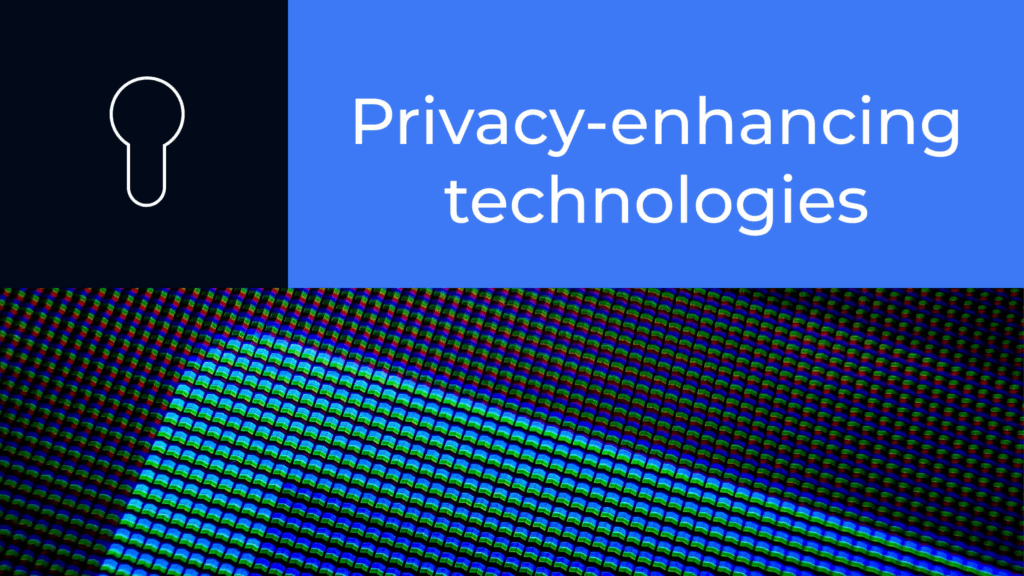
Modern smart and dApps designed for regulatory sensitive fields like finance and healthcare are extremely dependent on compliance with privacy laws. Incorporating privacy features into blockchain makes it much more appealing to retail and enterprise customers expecting high levels of transparency alongside the discretion.
Privacy Enhancements Features
- Zero-Knowledge Proofs (ZKP): Validation of a transaction is achieved without revealing private information.
- Confidential Transactions: Parities and quantities involved in a transaction are hidden.
- Homomorphic Encryption: Allows data processing and computing while keeping it encrypted.
- Privacy-Focused Blockchains: Blockchains that focus on allowing an increased level of anonymity.
- Regulatory Compliance: Legal and regulatory frameworks and guidelines are adhered to while privacy tools are still maintained.
10.Energy-Efficient Consensus Models
The increase in environmental concerns drives innovation in blockchain technology, creating new energy-efficient consensus models beyond Proof of Stake (PoS).
Alternatives like Proof of Time (used by Solana), Proof of Space (using storage for validation), and Proof of Authority (upon validators who are known and trusted) offer secure scalable validation with lower energy costs.

These models try to achieve a balance between the level of decentralization versus centralization, security, and eco-friendliness.
Because they shift from using energy-intensive Proof of Work, these consensus mechanisms lower vital adoption barriers and strengthen the sustainability of blockchain technology.
Energy-Efficient Consensus Models Features
- Proof of Stake (PoS): Validators secure blockchains by staking their coins, instead of mining them with energy-consuming processes.
- Proof of History (PoH): Efficient and effective event sequencing is achieved through timestamps.
- Proof of Space (PoSpace): Validation of a transaction occurs through the available disk space.
- Proof of Authority (PoA): Active validators can stop or confirm transactions with a lot of unused energy.
- Weak energy footprint: Very low energy expenditure consensus systems have.
Conclusion
To summarize The most recent developments in blockchain technology showcase the intense innovation concerning scalability, privacy, sustainability, and adoption in the real world. From the move to Ethereum’s Proof of Stake system to advancements in NFTs,
DeFi, and CBDCs, there is increasing improvement in the usability, accessibility, security, and efficiency of blockchain systems. These advancements are preparing the setting for a decentralized digital future across various sectors and worldwide systems.






